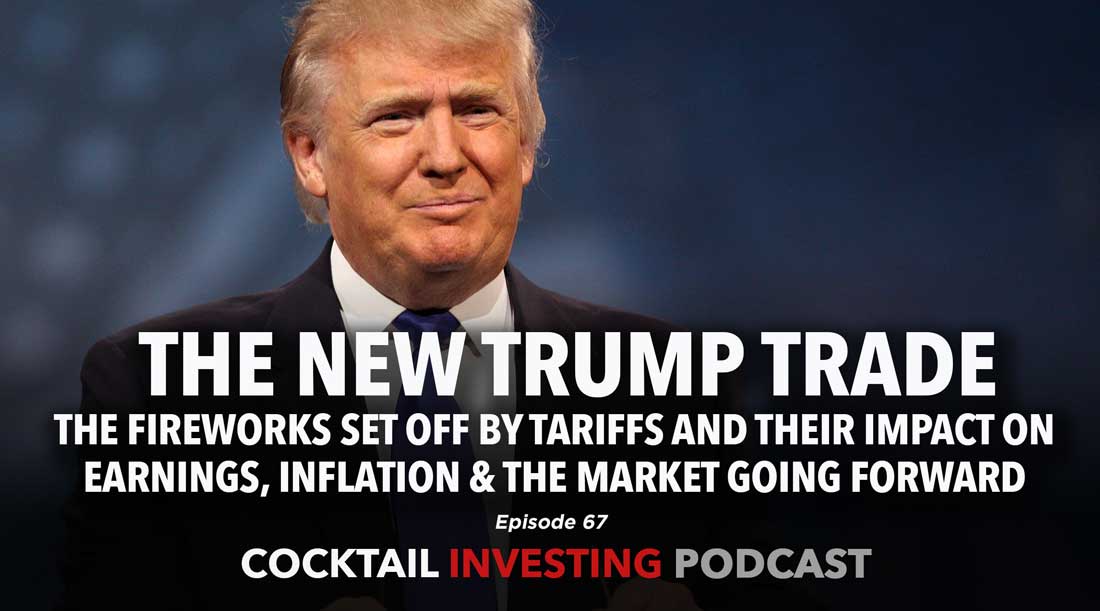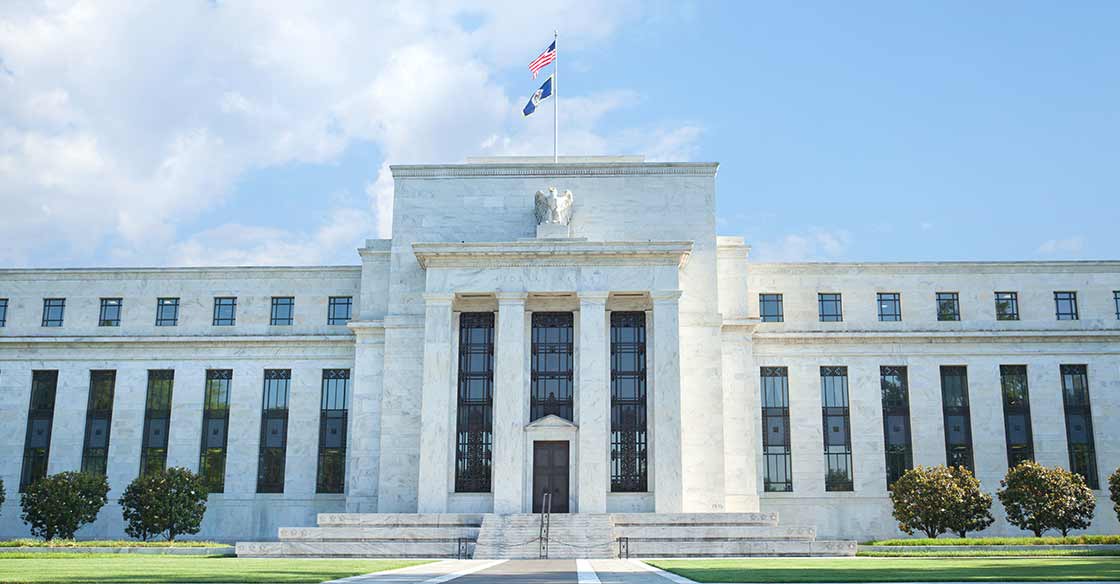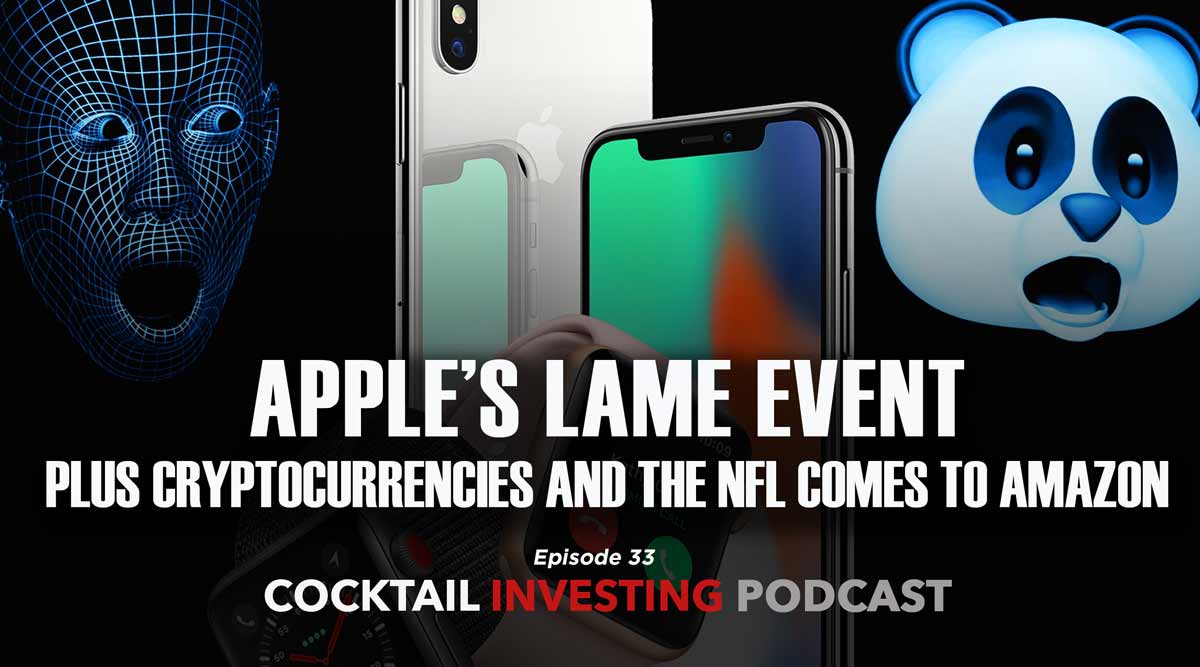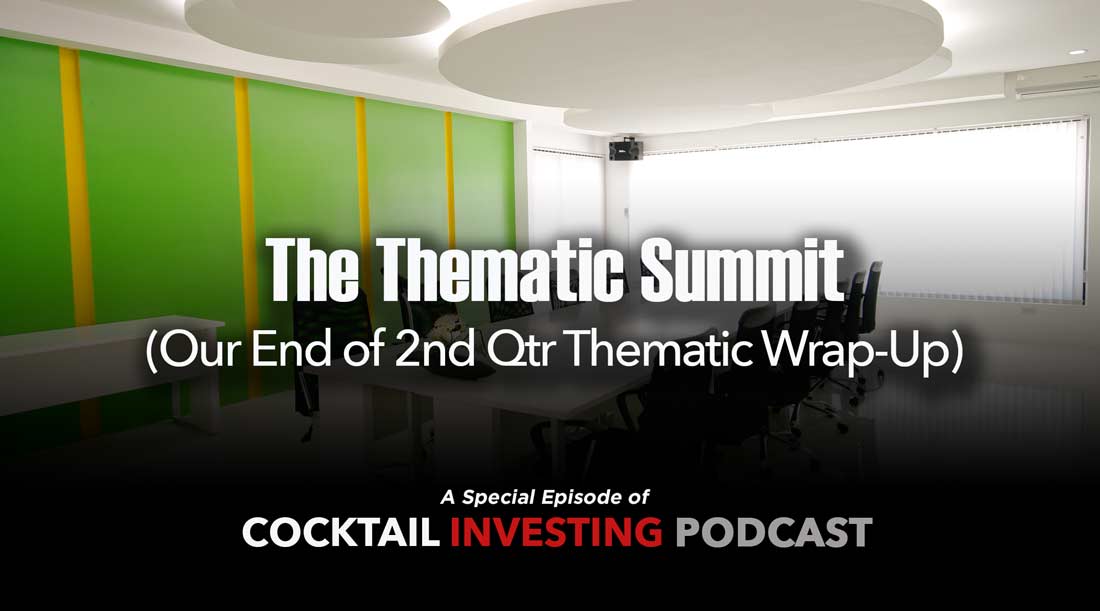The market has been mostly trending sideways as the primary driver of the market, namely the expanding P/E ratios based on assumptions around the impact of future Trump administration policies and prospects for earnings growth, come into question. We have been seeing heavier volume on down days than on up for both the Dow and the S&P 500, which is a bearish sign. Next week will mark the 100th day in office for President Trump, with the market starting to price in much lower expectations that right after the election. In fact a recent Merrill Lynch Fund Manager survey found that only 5 percent of managers expect any tax legislation to be passed by the end of summer. We see that push out in expectations as well as the likelihood we see an earnings expectations reset occur as more than 2,000 companies report quarterly earnings over the next few weeks weighing on the market at least for the near-term.
As we get ready for that rush of quarterly earnings reports, three comments from last week are likely to set the stage for what we are likely to hear:
“The first quarter was an interesting one, as we entered it with a lot of optimism about what the new administration might do to further improve the economy. As the quarter continued, some of this optimism has slowed and now companies are more cautious or skeptical about what shape some of the programs, including tax reform, infrastructure projects and ACA reform will take and when they might actually take effect, if at all.”
— Brown & Brown (BRO) CEO Powell Brown (Insurance Broker)
“During the first quarter of 2017, commercial loan growth was sluggish across the industry. Our large corporate customers tell us that they are optimistic about the future, but are awaiting more clarity regarding potential changes in tax and regulatory reform, infrastructure spend and trade policies.”
—US Bancorp (USB) CEO Andy Cecere
“On the US, I think there’s a general observation here and that is pretty weak consumer demand and that’s not a particular issue here for Nestle. I think that’s all throughout…category by category, whether it’s us or anyone else, what you’re seeing is fairly soft demand, even in the face of pretty good fundamental economic data.”
—Nestle (NSRGY) CEO Mark Schneider
Not exactly commentary that points to a teeming economic environment or an expected rebound in 2Q 2017.
Last Thursday, the S&P 500 closed below its 50-day moving average for the first time since the election, ending the 105-day trading streak that is the 17th longest on record for the S&P 500 going back to 1928. The leading market sector, technology, also closed below its 50-day on Thursday for the first time in 2010, after experiencing ten consecutive declining days, the sector’s second longest losing streak since 1989. With a gain of 4.1 percent since President Trump’s inauguration, the S&P 500 performance is right in the middle of the pack for a president’s first 100 days.
Despite the narrative of an accelerating economy over the past few months, as of Friday’s close the S&P 500 is up 4.9% year-to-date, only slightly more than iShares 20+ Year Treasury Bond ETF (TLT), up 3.7%, with the longer dated bond fund strongly outperforming the Russell 2000, up just 1.7%. Not exactly indicative of a bullish market. Outperforming all the major indices is gold, the the SPDR Gold Shares ETF (GLD) up 11.6% year-to-date. Tough to argue the market is buying into an accelerating domestic economy when bonds and gold outperform small cap stocks.
From a valuation perspective, the S&P 500 closed Friday at 17.9x expected earnings of $131.05 this year. We’ve already seen 1Q 2017 earnings expectations for those 500 companies slip to $29.36 from just under $30.65 in early December as 2017 forecasts slipped to the current $131.05 from $132.73. Given the data we’ve discussed that points to a sharp slowdown and push out in Trump’s fiscal policies, odds are we will see revisions to both 2017 earnings and GDP expectations in the coming weeks as the market digests current earnings deluge. Here’s the thing, the current market valuation is 18.5 percent above the 5-year average (15.1) and 27.9 percent the 10-year average (14.0). If we do get a meaningful downward revision to 2017 earnings expectations, much the way we did last year, it would mean the S&P 500 would be even more expensive – something that is not likely to be lost on investors.
For context and perspective, in late December 2015 the consensus expectation was for the S&P 500 group of companies to deliver EPS of $127.05 in 2017, which would have equated to an increase of 7.5 percent year over year. In looking back on 2016, the S&P 500 delivered EPS growth of just 0.5 percent. Mixed with our view on the overall economy, we look at the forecasts calling for the S&P 500 to deliver EPS growth of 9.9 percent this year and 11.9 percent in 2018 as rather aggressive. As the market comes around to this realization, odds are meaningful market returns from current levels will capped.
The bond market is telling us that U.S. growth is going to be no where near the levels necessary to justify S&P 500 valuations. Friday’s core CPI fell 0.1 percent month-over-month, something we haven’t seen since January 2010. The yield curve is flattening as well, which is indicative of weak growth expectations. Global FX markets are seconding the bond market’s view with the Australian dollar and the Canadian looney showing signs of weakness.
To further put valuations in context, the Bank of America Merrill Lynch survey of fund managers recently found that a record 83 percent of managers think stocks are overpriced and that is in a survey going back to 1999, not exactly a year known for modest valuations. Friday morning a Bloomberg article quoted the legendary Paul Tudor Jones as saying that central bankers should be “terrified” of current stock market valuations, claiming that the years of low interest rates have inflated stock valuations to levels not seen since 2000. He’s not alone. Keep in mind as well when looking at the consumer confidence surveys that they tend to peak at the peak of the business cycle and history shows us that the S&P 500 tends to decline somewhere between 5 percent and 10 percent a year after consumer confidence peaks.
As for the current market trends, it is still too early to tell if we are just two months into a consolidation period after which we will experience another leg up or if we are seeing the start of a directional charge. We find it absolutely fascinating that most investor sentiment surveys find that the vast majority believe stock valuations are quite rich, yet most also believe that the market will be higher a year from now. For example, the Yale “One-Year Confidence” reading found that only 1 percent of institutional investors don’t expect gains for the Dow over the next year. That same survey found that individual investors are the most bullish since February 2004, with 91 percent expecting gains. On the other end of the spectrum, the survey found that both individual and institutional investors are near lowest levels on record for believing the market is cheap.
Another “yikes!” data point can be found in the end of month data for margin debt published by the New York Stock Exchange. According to the latest report, margin debt climbed to a new record high in February at $528.2 billion. Here’s the context – that’s up 2.9 percent from $513.3 billion in January, which had been the first margin debt record in nearly two years. And this is where we remind that margin leverage cuts both ways – it can be a powerful lever in a rising market, but it can quickly compound the pain in a falling one.
Now that certainly tells several things, but the one we are zeroing in on is the simple fact that in a nervous market like the one we are currently in, investors are likely to shoot first and ask questions later when faced with a barrage of earnings reports, especially if they or the guidance they offer come up short.
Viewed from a different perspective, combining the high confidence in future gains with record low levels for valuation and we find ourselves repeating the conditions described by former Fed Chair Alan Greenspan in his 1996 speech on “Irrational Exuberance.”









